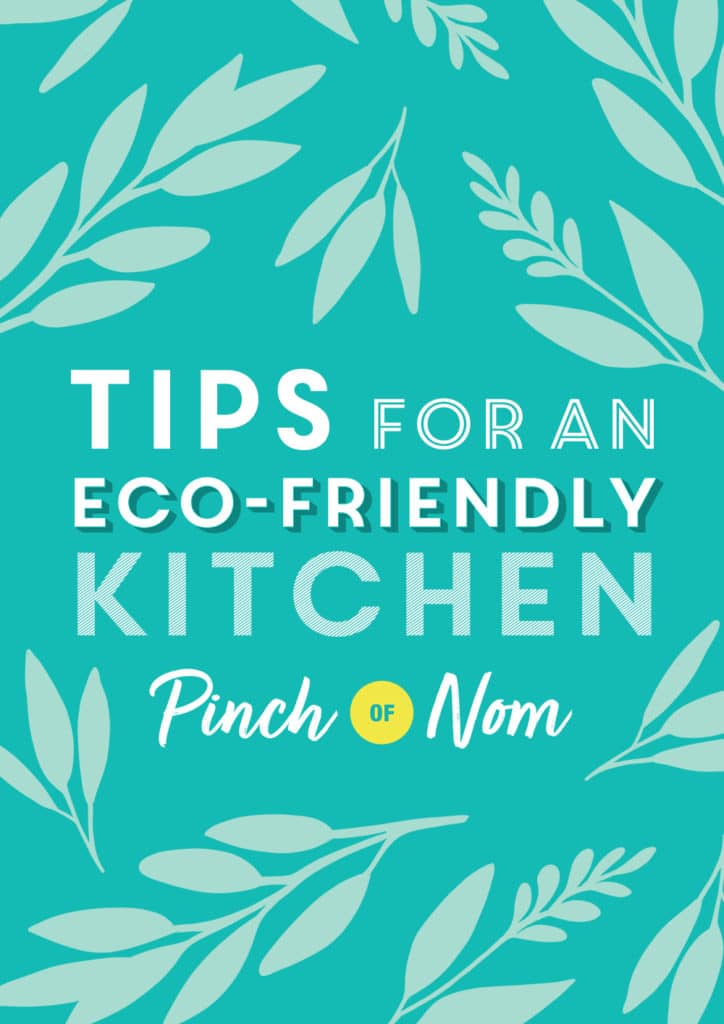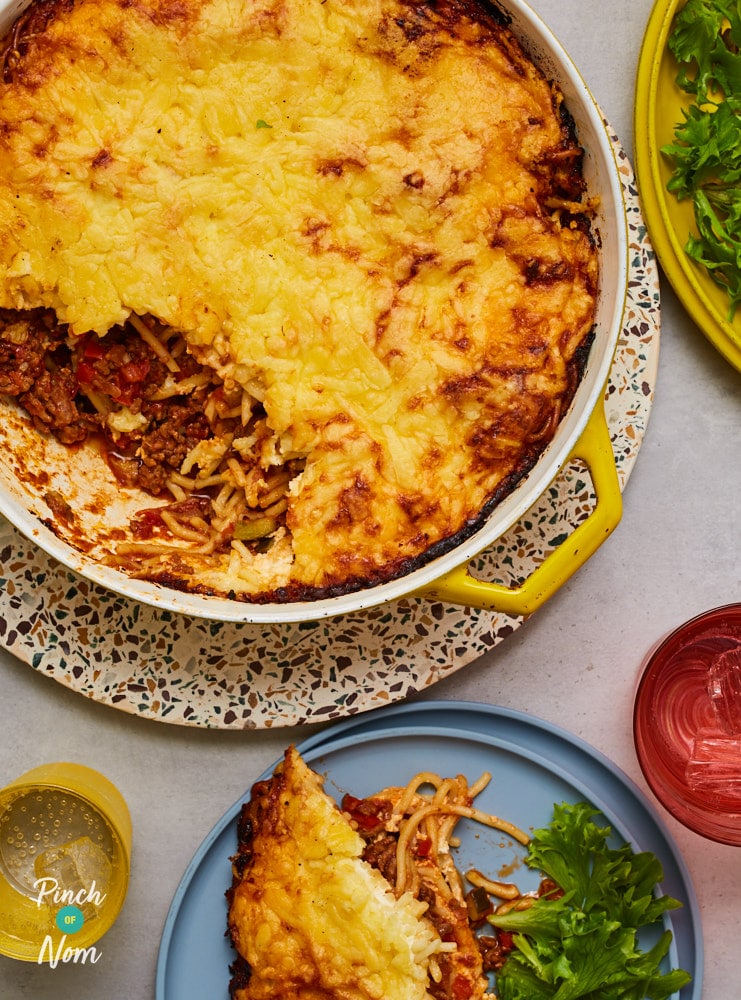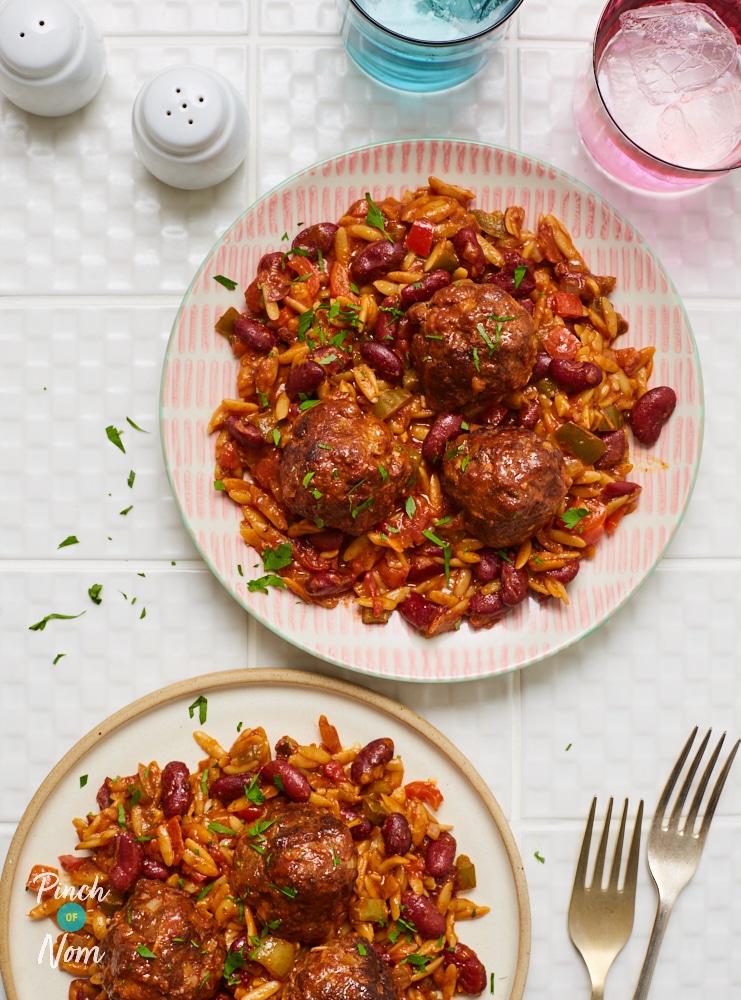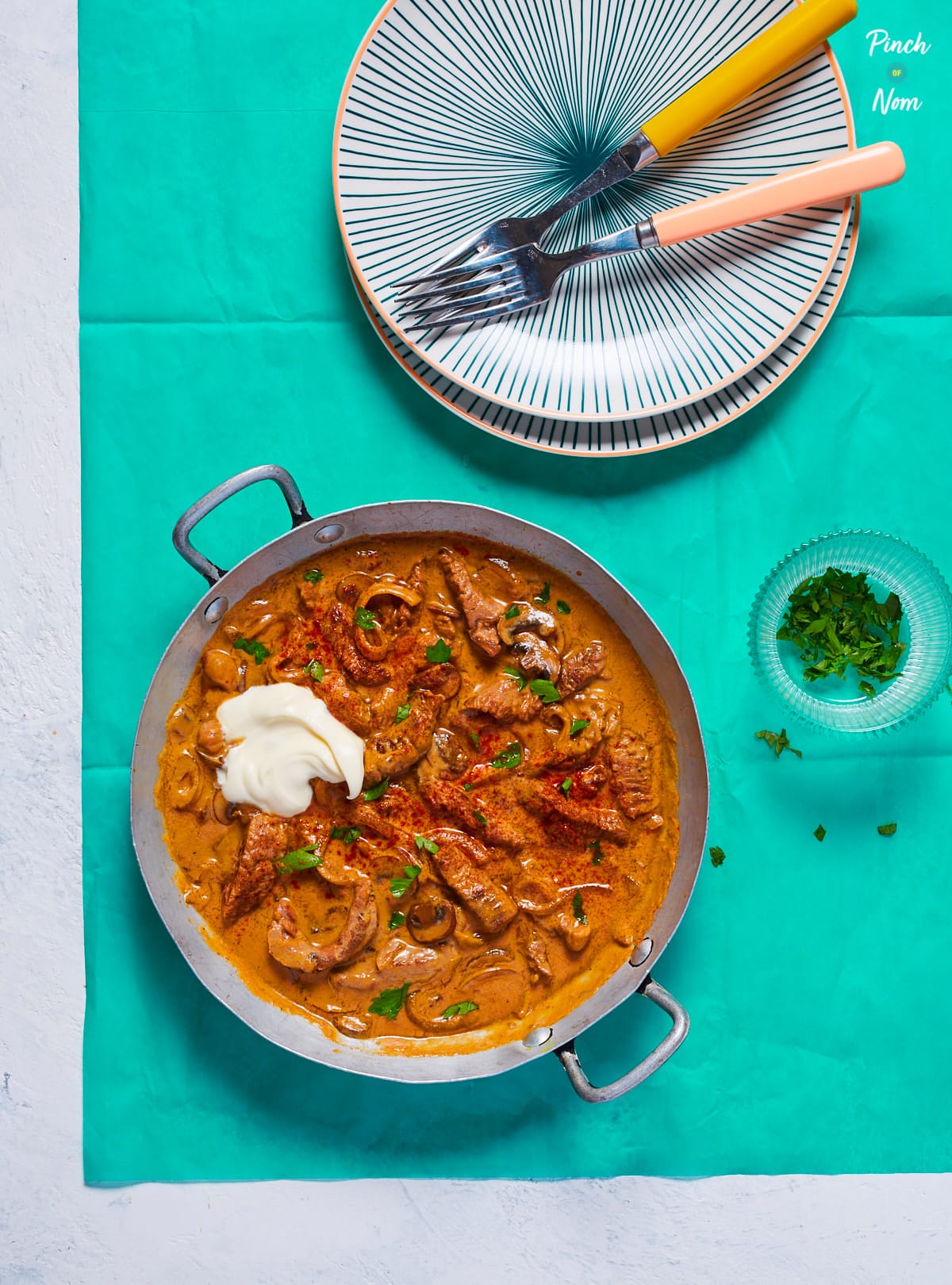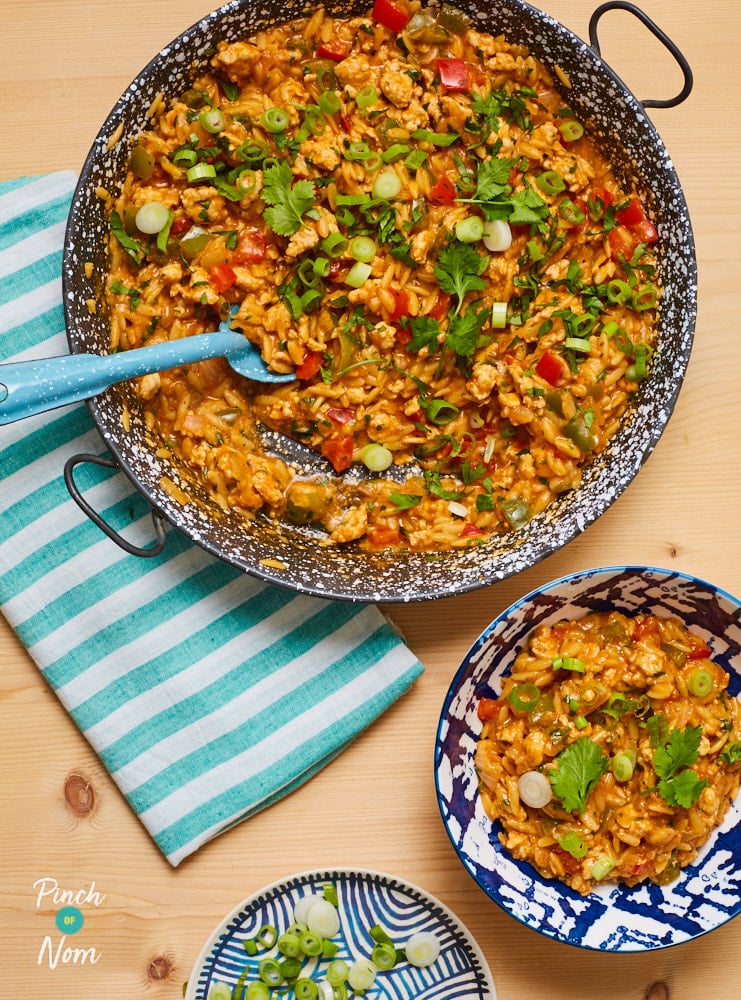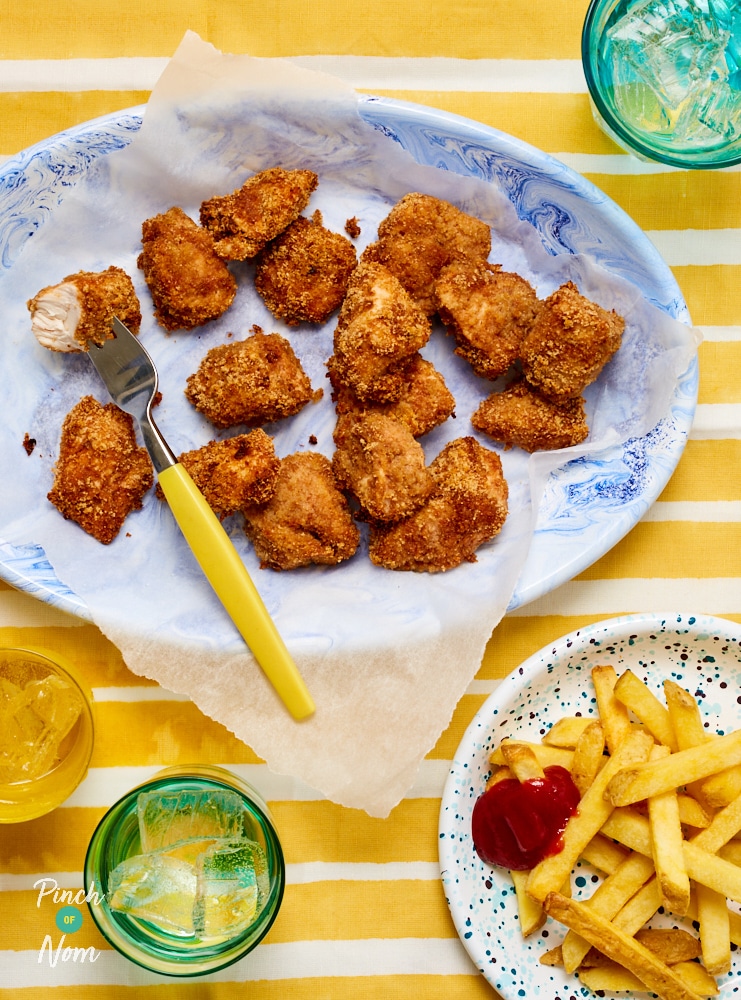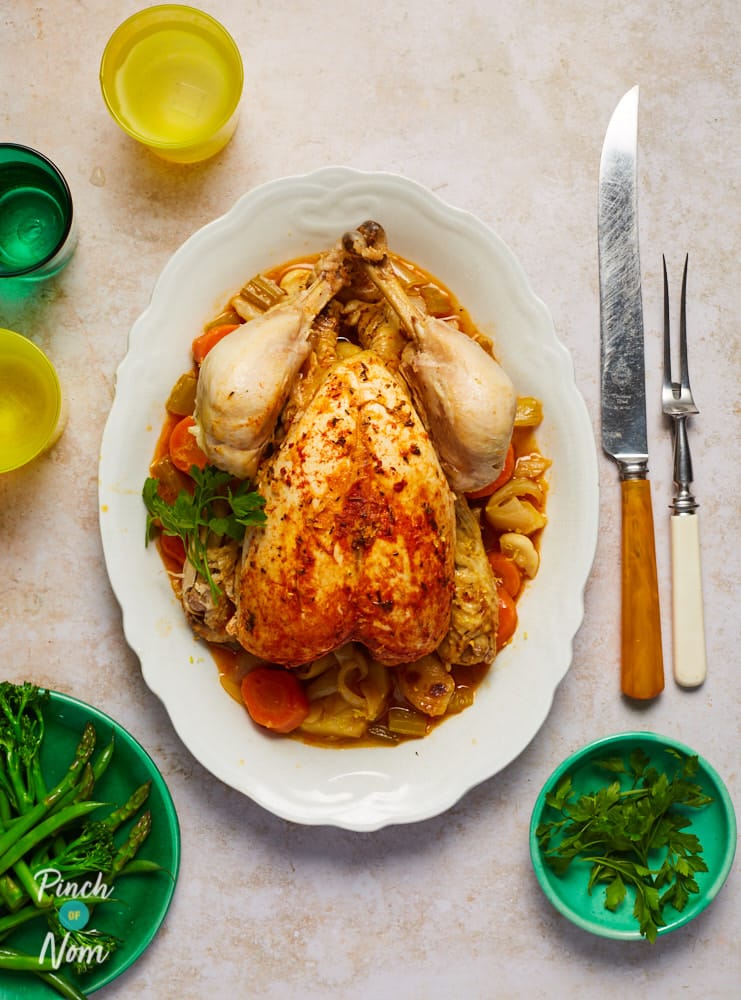Tips for an Eco-Friendly Kitchen
With a few handy eco-friendly hints and tips, you can look after the planet from your own kitchen. You might think that your actions won’t have an impact, but it’s worth knowing how different ways of cooking, cleaning and staying organised can all contribute towards your carbon footprint. Plus, running a more sustainable kitchen can be as good for your bank balance as it is for the world (really!). Here’s a few ways you can get started…
This post contains affiliate links. Find out what this means.
Don’t throw it away
This might come as a shock, but we really love cooking! So it’s important to us that the way we do it is as energy efficient and good for the planet as possible. Little things can make a big impact, so you can make your kitchen greener just by keeping a closer eye on what you’re throwing away and making sure you stay on top of your recycling.
Kitchen roll is a cracking example of a typically single-use item that can be swapped with a version you can use time and time again. You’ll be surprised how much waste this creates once you start to keep an eye on the amount of soggy towels in the bin! This eco-friendly alternative from Ecoegg is made up of sustainable sheets you can wash and reuse up to 85 times each! With each wash, the rolls stay durable and super absorbent, so you can go around 4 months without forking out for a new roll.
While buying fresh veggies in bulk is a budget-friendly move, it can be tricky to make sure you eat your way through the entire vegetable drawer before they start to go a bit funky. StayFresh bags are super useful to have on hand to avoid fresh veg going to waste. Just remove your veggies from the packaging, seal them up as tightly as you can (you want to get all that extra air out!), and pop them in the fridge until you’re ready for them.
They can keep up to a kilo of veg fresher for up to a month – especially carrots, leeks, turnips, swedes or celeriac.

We’ve got more tips on how to use up fresh fruit and veg, including how to blanch them, here.
Batch cook for the planet!
We love a good batch-cooking session! Not only is it a budget-friendly way to save yourself a bit of time and effort each week, it also makes reducing food waste so much easier. Recipes like our Chilli Meatball Orzo are surefire freezer-friendly winners that’ll impress the whole family time and time again. We’ve combined plenty of veggies with reduced-fat meatballs to make this dinner as slimming friendly as possible. Served up in a mildly-spiced sauce, the flavours will only get better the longer they’re left to mingle in the fridge or freezer. Trust us, it’s a different kind of heat even after just a couple of days!
The dreamiest batch cook dishes are always the ones where you can mix up the sides; that’s why leftovers from our trusty Beef Stroganoff never get boring. You can try it with rice, mash, chips, pasta or even just a bed of veggies – it’ll go down a treat all over again no matter what!
To stock up your freezer, you’ll want to invest in some freezer-proof storage containers – and they don’t have to be plastic! Glass ones are just as effective and more eco-friendly, just make sure they come with an airtight lid to avoid freezer burn. Be sure to label up anything that you store away in the freezer with its name and the date you put it away! It’s best to refer to the NHS website if you’re looking for more advice on safely storing food.
Staying organised and on top of what you have in the freezer isn’t always easy. That’s why our Pinch of Nom: Family Meal Planner comes with shopping lists and space to log your frozen meals, so you’ll never buy anything you don’t need or waste food that’s waiting to be used up. We’ve got a whole collection of recipes that are perfect for batch cooking here.
Have a meat-free day and eat seasonally
Eating less meat is good for the planet, and introducing one meat-free day per week into your routine isn’t as tricky as you might think. We’ve got lots of vegan, vegetarian and dairy-free dishes you can enjoy as a family without having to compromise on satisfaction or flavour!
These days, with so many tasty, plant-based meat alternatives, you don’t need to skip the meat in your dish at all. Our risotto-like Cheesy Fajita Orzotto uses turkey mince at its base, but we think this cheesy, indulgent veg-packed dinner would be just as good with some meat-free mince.
High in protein, fibre and flavour, you won’t be missing out by adding plant-based mince from brands like The Meatless Farm Co to your cooking pot instead. Why not try it and see if anyone can tell the difference?
You can also eat a little greener by trying to buy seasonally and locally. Not only is it kinder to the environment because it limits the travel time of produce, it’s also better for your bank balance as in-season fruits and veggies are priced lower. Plus, the fresher the produce, the more jam-packed with vitamins, minerals and nutrients it is – it’s a no-brainer!
Our seasonal roundups are there to help you pick the best fruits and veggies to buy:
Air fry and pressure cook
Since air fryers and pressure cookers cook tasty dishes so much quicker than a conventional oven, they use a little less energy (as well as being less effort for you). Crispy-coated classics like Air Fryer BBQ Chicken Nuggets would take around 30-40 minutes in the oven, while the air fryer version slashes that time in half – you only have to crisp them up for 15 minutes before they’re ready for dipping!
A true pressure cooker wonder, our 20 Minute Whole Chicken recipe literally saves you hours of cooking time in the kitchen. By using an Instant Pot and resting a whole chicken on a bed of vegetables, the tender chicken meat leaves the pot with hours’ worth of flavour.
It’s not just about cooking times either! Since air fryer recipes tend to require little or no oil and the parts are easily detachable, they’re so much easier to clean. While you might need to use environmentally-unfriendly chemicals to give your oven a good scrub, you won’t need to do that with an air fryer or pressure cooker.
If you’re looking to cook with a little less heat, why not try using none at all? We’ve got plenty of no cook recipe ideas you can take inspiration from.
No plastic for me, thank you
From disposable cloths and sponges with plastic fibres, to bottles and straws, the kitchen can be a huge source of plastic waste. Single-use plastics like cling film are used so commonly in the kitchen, it’s easy to miss that there might be better alternatives out there. With nifty inventions like silicone stretch lids, you can say goodbye to using cling film – these airtight, flexi-lids will fit just right, no matter the size of the container!

Everyday kitchen cleaning products like cloths, sponges and scourers are more difficult to recycle than you might expect – so it’s well worth keeping an eye out for biodegradable versions. While they might be a little pricer than synthetic versions, they’re so much easier to recycle once they’ve had their day.

Another great way to reduce plastic waste is to avoid bringing it home altogether. Where fresh produce is packaged in plastic, opt for loose versions you can take home in a reusable bag of your own that’ll keep food even fresher!

Feeling inspired by our eco-friendly kitchen tips?
Let us know your thoughts over in our Facebook group where we have almost 1 million members waiting to support you on your slimming journey.
Did you know that you can now share your hints, tips, quotes and photos in our PON Gallery too? We’d highly recommend going for a scroll through the submissions we’ve had so far if you’re looking for some inspiration!
